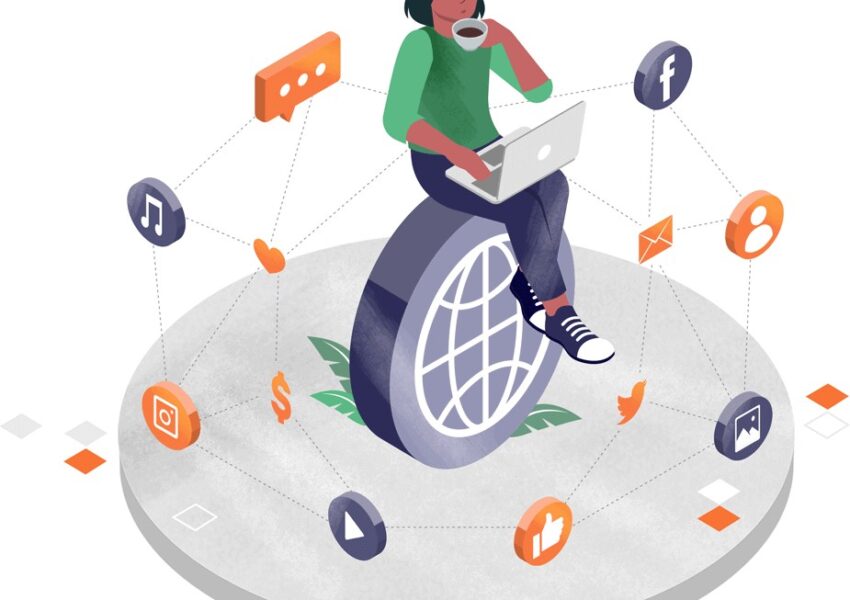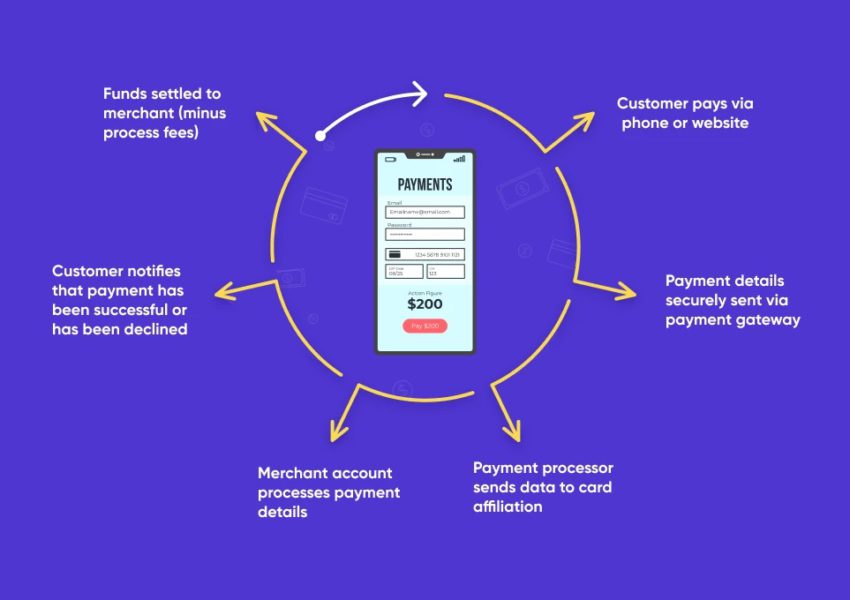Diversity and inclusion (D&I) have become essential goals for organizations worldwide, as they foster innovation, improve employee satisfaction, and enhance organizational reputation. Human Resources (HR) departments are at the heart of D&I efforts, not only setting policies but also implementing and sustaining meaningful change. Through strategic hiring practices, inclusive policies, and tailored training, HR services play a critical role in driving diversity and inclusion initiatives, transforming workplaces into inclusive, productive, and equitable environments.
The Importance of Diversity and Inclusion in Modern Workplaces
Diverse workplaces bring together individuals from various backgrounds, ethnicities, genders, orientations, abilities, and perspectives. This diversity generates broader viewpoints, enabling companies to approach challenges and opportunities creatively and empathetically. Inclusion ensures that diverse employees feel valued, respected, and empowered to contribute. Studies show that companies with higher diversity rates outperform their less diverse peers in profitability, employee retention, and innovation. HR services drive these outcomes by implementing programs, practices, and policies that emphasize diversity and inclusion from the ground up.
How HR Services Drive Diversity and Inclusion Initiatives
HR services offer various tools and practices to advance diversity and inclusion goals within an organization. Below are several ways in which HR departments and external HR service providers contribute to building inclusive work environments.
1. Strategic Recruitment Practices
Effective diversity and inclusion begin with hiring. By prioritizing diverse hiring practices, HR services set the foundation for an inclusive workplace. Traditional hiring methods can be biased, often unintentionally favoring candidates who fit a certain profile or share common experiences with hiring managers. HR services work to dismantle these biases through:
- Blind Recruitment: Removing candidate identifiers (names, ages, schools) that can reveal gender, ethnicity, or other personal details helps reduce unconscious bias.
- Expanding Talent Pools: Collaborating with diverse professional networks, universities, and community organizations increases access to underrepresented groups.
- Inclusive Job Descriptions: Carefully crafted job descriptions and postings encourage applications from a wider pool by using neutral language and outlining company values around diversity.
2. Creating a Culture of Inclusivity
HR services go beyond hiring to create an environment where all employees feel valued and respected. This is crucial because, without an inclusive culture, diverse hiring may lead to high turnover. Key strategies include:
- Implementing Anti-Discrimination Policies: Robust anti-discrimination and anti-harassment policies make it clear that discrimination of any form is not tolerated.
- Fostering Employee Resource Groups (ERGs): ERGs, which consist of groups formed around shared characteristics or interests, offer a platform for employees to support one another and advocate for their needs. HR services often oversee ERGs, providing resources and structure.
- Promoting Inclusive Leadership: Ensuring that leaders champion diversity and inclusion strengthens organizational commitment to these values. HR services can guide leaders in promoting inclusivity, demonstrating that all levels of the organization are accountable for fostering an inclusive culture.
3. Training Programs to Build Awareness and Reduce Bias
Bias, both conscious and unconscious, can hinder the success of diversity and inclusion efforts. To address this, HR departments implement training programs to build awareness and reduce biases. These training programs may include:
- Unconscious Bias Training: Unconscious bias training helps employees recognize and mitigate ingrained biases that influence interactions and decision-making.
- Cultural Competency Training: HR services facilitate training that fosters understanding and appreciation of different cultures, backgrounds, and perspectives, promoting respect and empathy in workplace interactions.
- Diversity and Inclusion Education: Comprehensive D&I training equips employees with the knowledge and skills to support a more inclusive work environment. This can include gender sensitivity training, disability etiquette, and understanding microaggressions.
4. Implementing Policies to Support Diverse Needs
HR services implement policies that accommodate the diverse needs of employees, ensuring they feel comfortable and empowered to bring their whole selves to work. These policies can cover a wide range of areas, such as:
- Flexible Work Arrangements: Flexible schedules, remote work options, and adaptable time-off policies allow employees with different needs, such as parents, caregivers, or individuals with disabilities, to balance work with personal responsibilities.
- Inclusive Benefits: Benefits packages that support diverse family structures, parental leave, gender-affirming care, and mental health resources create a more inclusive environment.
- Accessibility Initiatives: Accommodations for employees with disabilities, such as accessible office spaces and assistive technologies, enable all team members to participate fully.
5. Regular Monitoring and Assessment of D&I Efforts
Continuous assessment is key to the success of any D&I initiative. HR departments monitor the progress of diversity and inclusion efforts to identify areas for improvement and measure the impact of their policies. This process often involves:
- Tracking Key Metrics: HR teams track diversity metrics such as hiring, retention, and promotion rates across demographics to identify gaps and measure success.
- Conducting Employee Surveys: Employee feedback is a valuable tool for understanding perceptions around diversity and inclusion. HR services can administer anonymous surveys that allow employees to express their views on the workplace climate.
- Benchmarking and Reporting: Benchmarking diversity statistics against industry standards helps organizations gauge their progress. HR departments can prepare regular reports on D&I metrics and publish them to maintain transparency and accountability.
6. Leveraging Technology to Support D&I Goals
Technology has become a powerful ally in D&I efforts, enabling HR services to automate, streamline, and enhance their initiatives. Technology solutions for diversity and inclusion can include:
- AI-Powered Recruitment Tools: AI-powered tools help remove biases in the hiring process by screening applicants based on skills and qualifications, rather than personal identifiers.
- Data Analytics for D&I: Advanced data analytics enable HR departments to analyze and interpret diversity metrics, track trends, and identify areas for improvement. Insights drawn from this data can inform strategic decisions and adjustments to D&I initiatives.
- Digital Platforms for Employee Engagement: Platforms like Slack, Teams, or dedicated D&I apps facilitate open communication, allowing employees to share their experiences, provide feedback, and engage with D&I-related content.
7. Supporting Career Development for Underrepresented Groups
Another key aspect of HR’s role in diversity and inclusion is ensuring that employees from underrepresented groups have access to growth and development opportunities. By doing so, HR services support not only recruitment diversity but also retention and upward mobility. Strategies to promote career development include:
- Mentorship and Sponsorship Programs: Mentorship and sponsorship programs provide guidance and advocacy for underrepresented employees, helping them navigate their career paths and achieve their goals.
- Leadership Training Programs: Offering leadership training and development opportunities for diverse employees ensures that they are prepared for advancement within the organization.
- Skill-Building Workshops: Skill-building initiatives that focus on technical skills, soft skills, and professional development enable employees from all backgrounds to succeed.
The Benefits of a Robust Diversity and Inclusion Program
By implementing strong D&I programs, HR services contribute to creating workplaces that are innovative, equitable, and responsive to the needs of their employees. Some of the benefits organizations can expect from effective D&I initiatives include:
- Improved Employee Engagement: Employees who feel valued and included are more likely to be engaged and motivated, leading to higher job satisfaction and performance.
- Enhanced Brand Reputation: Organizations known for their commitment to D&I attract top talent and enjoy a positive public image.
- Increased Creativity and Innovation: A diverse workforce brings varied perspectives that drive innovation and enhance problem-solving.
- Better Business Outcomes: Studies show that diverse teams outperform less diverse teams in financial metrics, market expansion, and long-term growth.
Conclusion
HR services are the driving force behind successful diversity and inclusion initiatives in modern workplaces. By implementing thoughtful hiring practices, fostering an inclusive culture, providing training, and supporting diverse needs, HR departments help organizations achieve meaningful progress in D&I. These efforts create a workplace where all employees, regardless of their background, feel empowered to contribute and succeed. With HR services as champions of diversity and inclusion, organizations can expect a stronger, more resilient, and innovative workforce that is ready to meet the challenges of an increasingly diverse world








